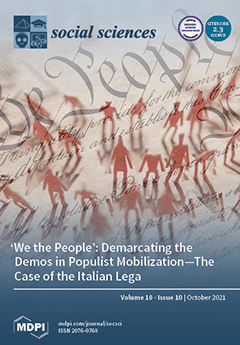Open AccessArticle
Randomized Clinical Trial of Primary Care Based Online Depression Prevention Intervention: Impact on Adolescent Modifiable Factors and Behaviors
by
Kushagra B. Gupta, Calvin Rusiewski, Camilla Koczara, Marian Fitzgibbon, Mark Reinecke, Joshua Fogel, Linda Schiffer, Miae Lee, Emily Sykes, Kathy Griffiths, Tracy R. G. Gladstone and Benjamin W. Van Voorhees
Cited by 1 | Viewed by 2517
Abstract
The developmental period of adolescence can pose a risk for the onset of depressive disorders, but is also a time when potentially modifiable factors and behaviors related to depressive episode onset can develop. An online health intervention can provide an opportunity to reach
[...] Read more.
The developmental period of adolescence can pose a risk for the onset of depressive disorders, but is also a time when potentially modifiable factors and behaviors related to depressive episode onset can develop. An online health intervention can provide an opportunity to reach at-risk adolescents in between primary care visits and could impact these modifiable factors and behaviors to support healthy development. We explore the Competent Adulthood Transition with Cognitive-Behavioral, Humanistic, and Interpersonal Therapy (CATCH-IT), a self-directed online cognitive behavioral therapy prevention intervention, and its impact on modifiable factors and behaviors related to: (1) program completion, (2) normative adolescent development, (3) coping, (4) family relations, (5) general health behaviors, and (6) externalizing behaviors, in a primary care sample of adolescents at intermediate to high risk of developing depression. Adolescents were enrolled into either CATCH-IT or Health Education (HE) control group and followed for 24 months. CATCH-IT improved some factors related to program completion (e.g., motivation, recommendation to peers for depression prevention, and physician positive relationship), coping (e.g., perceived behavior change), and family relations (e.g., parental psychological control, sibling relative status) as compared to HE. HE improved normative adolescent development (e.g., health and loss life events) as compared to CATCH-IT. CATCH-IT utilized in primary care may benefit some at-risk adolescents in selective factors and behaviors.
Full article
►▼
Show Figures





